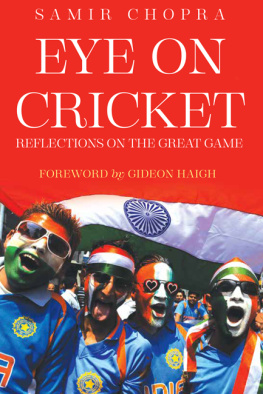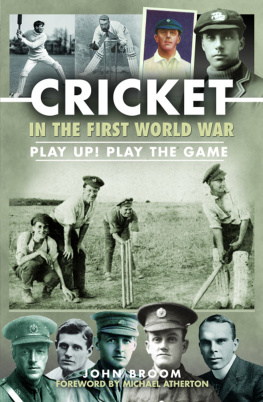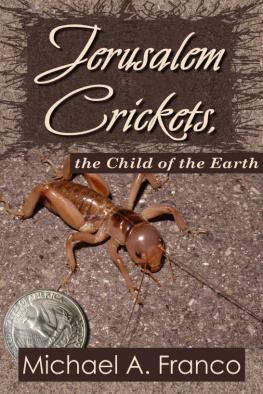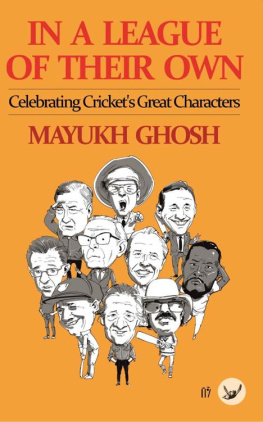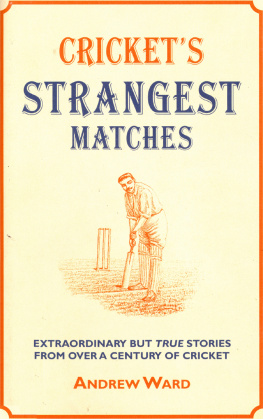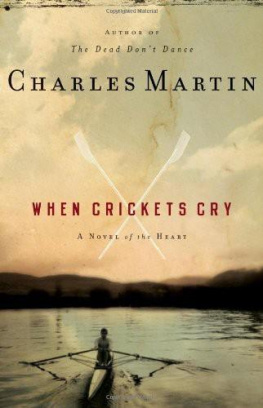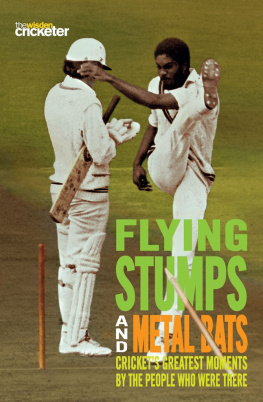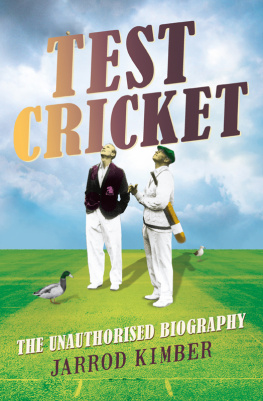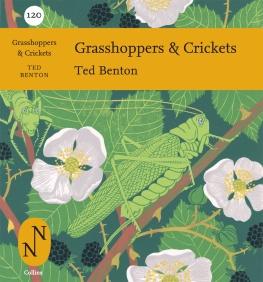Copyright 2017 Craft Crickets Inc. All rights reserved.
No part of this publication may be reproduced, distributed, or transmitted in any form or by any means, including photocopying, recording, or other electronic or mechanical methods, without the prior written permission of the publisher, except in the case of brief quotations embodied in critical reviews and certain other noncommercial uses permitted by copyright law.
This book is presented solely for educational and entertainment purposes. While best efforts have been used in preparing this book, the authors and Craft Crickets make no representations or warranties of any kind and assume no liabilities of any kind with respect to the accuracy or completeness of the contents and specifically disclaim any implied warranties of merchantability or fitness of use for a particular purpose. Neither the author nor the publisher shall be held liable or responsible to any person or entity with respect to any loss or incidental or consequential damages caused, or alleged to have been caused, directly or indirectly, by the information contained herein.
Table of Contents

Figure 1 - Cricket Crumble. Crickets are coarsely ground into the crumble
Notes to the reader
On data
Despite crickets tasting great, most people will be reading this book not because they love the taste of crickets but because they love the environmental or nutritional benefits of crickets. For this reason, we cannot write a cookbook on crickets without discussing some of these merits and without citing supporting data. Unfortunately, not all cricket data you may have seen in the press is accurate. Just like in an old-fashion game of telephone, a lot of the scientific data about crickets has graduallyand innocentlybeen misinterpreted and misrepresented from article to article, causing some of the popular, recent articles about eating crickets to contain erroneous information.
We have spent countless hours trying to reconcile all this data and have had no shortage of heated exchanges with journalists who didnt like that we made them run corrections. In most cases, the numbers published in the press make crickets look overly favorable. While we want everyone to eat crickets, we do not want to persuade people by using exaggerated data. Hence, in this report we will only cite cricket data from one of two sources:
- The United Nations Food and Agricultural Organizations 2013 report Edible Insects: Future prospects for food and feed security . This 187-page report, often referenced by cricket farmers and journalists, describes the contribution of insects to food security and examines future prospects for raising insects at a commercial scale to improve food and feed production, diversify diets, and support livelihoods in both developing and developed countries. In doing so, it cites scores of research studies. Throughout this cookbook, we will simply refer to this report as the FAO Report.
- Research conducted either at our commercial cricket farm Craft Crickets or by third-parties researching our crickets in their own labs. We have run thousands of experiments and A/B tests on our farming practices and have had third-parties run nutritional analyses. As these results corroborate with the results in the FAO report, we feel reasonably confident referencing our results to further explain information in the FAO report. When we use data from our farm, we label the data by our farm name, Craft Crickets.
Nutrition Disclaimer : We have only conducted nutritional analyses for our dried crickets. All other stated nutritional details listed with each recipe (i.e. calories per serving and protein per serving) are not based off lab analyses; instead, they are calculated through publicly available nutritional information. This information should be interpreted as a ballpark estimate, not as gospel.
On allergens
Please note that crickets may trigger shellfish allergens. While we can hypothesize why this may be so, we do not know for sure. We only know for sure that many people have contacted us to tell us that they have had allergic reactions to crickets, similar to allergic reactions triggered by shellfish. If you have a history of shellfish allergies, please do not take a risk by eating crickets. If you are unsure whether crickets will trigger an allergic reaction, please consult a medical professional before eating crickets.
Foreword
In February 2016, we ate our first insects. We were in Oaxaca, Mexico, in the fifth month of a no-itinerary, no-timeline trip through the Americas. The previous fall, we had both quit our international careers because our lifestyles had grown unsustainable. Not only were we frustrated with the large carbon-footprint our jobs demanded, but both our health and our relationship with each other was slowly deteriorating. In fact, we no longer were even living or working on the same continent as each other. We needed a reset. By slowly traveling with no itinerary or end date, we thought we would have the ability to not just relax and spend time together but to also follow any interests we developed along the way. Our dream was to find a project, a project in which we could do together and feel proud.
When we first ate insects, a bowl of grasshoppers in Oaxaca, we had little knowledge of the nutritional and environmental benefits associated with entomophagy, the practice of eating insects, and we were not suspecting that these initial bites would change our lives. Instead, we simply wanted to sample the local cuisine, much like we had on other stops on our journey. Zoe ate her initial bites with alacrity, but Austin struggled with that psychological hurdle many people encounter when first consciously eating a bug.

Figure 2 - Our first insects. Chapulines (grasshoppers) fried with chili and lime. Served with guacamole.
The grasshoppers were deep fried and visibly coated with chili, salt, and lime. Unlike the grasshoppersor Chapulinesavailable for sale in the local markets and on the street corners, these seasoned critters were served with a gaping bowl of fresh guacamole and a small mound of tortillas. Truthfully, there was no way we could ever have tasted the pure, unadulterated taste of insect when served this way. That didnt matter, though, because we had only wanted to eat a grasshopper for the sake of saying we had done so. It was pure novelty. We had little knowledge of any other reason to eat a bugmuch like the knowledge of many of the visitors to our farmers market stand today.
It wasnt until we did a Google search the next day that we found the FAO Report which labels insects the food of the future due to their small environmental and large nutritional footprint. We were blown away. We consequently spent all our down-time studying entomophagy as we traveled throughout the Yucatan, Belize, and Guatemala. By March, we were sold: we all needed to be eating insects. By April, we decided to quit our travels and to start farming crickets.
The rest was a blur. By November, we had moved to Oregon, opened a warehouse, raised a few hundred thousand crickets, and received the first license for a food-grade insect farm in the state of Oregon. We were surprised how easy it was to raise crickets: the population grew exponentially. As two neophytes with no background in insects, we quickly learned that farming crickets wasnt hard but that selling crickets was close to impossible. People werent going to the grocery store each week, looking to buy crickets. Even if people understood the benefits, few had any idea of how to actually prepare crickets. Restaurants had the same issue: the owners loved the benefits of crickets but didnt want to spend all day inventing recipes and convincing customers they should order crickets. Consequently, we were farming way more crickets than we could sell or even give away. We needed to take drastic measures: we needed to eat all our excess inventory.


